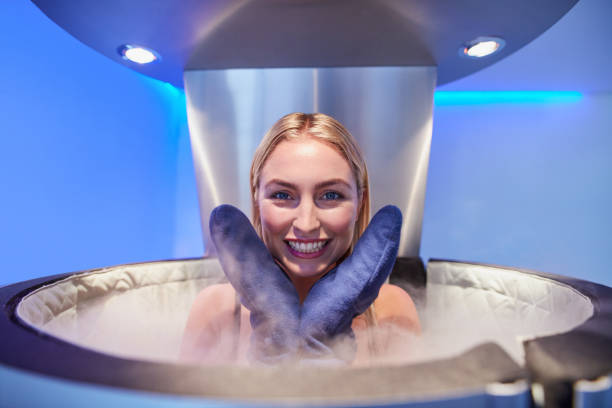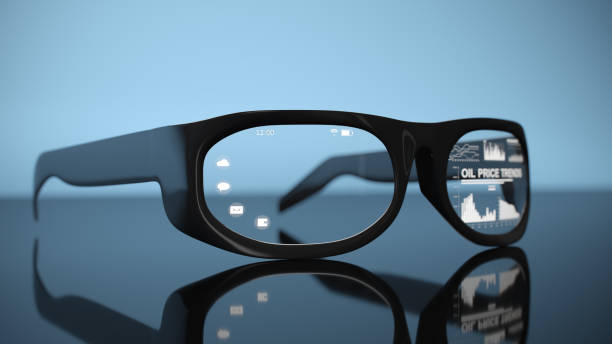Breaking the Ice: Cryotherapy and Your Health
Let's take a deep dive into a rather chilly health trend - Cryotherapy. Have you ever considered how sub-zero temperatures could contribute to your wellness journey? It sounds extreme, but science might be on its side. Cryotherapy, also known as cold therapy, has a history that dates back to the ancient Greeks. Their methods were simple—immersion in cold water or exposure to frigid air. But the concept has evolved significantly since then.

In the late 20th century, Japanese rheumatologist Dr. Toshima Yamaguchi introduced whole-body cryotherapy (WBC) as a treatment for rheumatoid arthritis. This method involves spending a few minutes in a chamber where liquid nitrogen or refrigerated cold air drops the temperature to a bone-chilling -110°C to -140°C (-166°F to -220°F).
This extreme cold exposure triggers the body’s natural anti-inflammatory response, reducing pain and inflammation. Since its introduction, WBC has been adopted worldwide for a variety of health purposes, from athletic recovery to skin conditioning.
Cryotherapy: A Cool Trend in Health and Wellness
Cryotherapy is gaining traction in the health and wellness world, and it’s not just for elite athletes anymore. From wellness spas to chiropractic clinics, you can now find cryotherapy services offering a quick, cold blast for your overall well-being.
Research is beginning to support some of these health claims. A 2017 study published in the International Journal of Sports Medicine reported that WBC might help to reduce muscle inflammation and speed up recovery after exercise. Another study in the Journal of Clinical Rheumatology suggested that cryotherapy might help to reduce pain and improve quality of life for people with fibromyalgia.
The Chill Factor: Benefits and Challenges
Cryotherapy is not just about reducing inflammation and speeding up muscle recovery. Advocates suggest it may offer a variety of benefits, including boosting mood, improving sleep, and even aiding weight loss. However, more research is needed to confirm these benefits.
There are some potential downsides. Cryotherapy can be uncomfortable, and it’s not suitable for everyone—especially those with certain health conditions like hypertension or heart disease. Always consult with a healthcare professional before trying new wellness strategies like cryotherapy.
The Science Behind the Cold
Cryotherapy’s potential health benefits are rooted in the body’s physiological response to cold. Exposure to extreme cold triggers the body’s fight-or-flight response. This leads to increased circulation, oxygenation, and nutrient delivery to tissues, which can aid in recovery and reduce inflammation.
The cold stimulus also triggers a release of endorphins, the body’s natural painkillers, leading to feelings of euphoria and a positive mood boost. This is why some people report feeling invigorated and energetic after a cryotherapy session.
Cool Health Tips
- Try a Cryo-Facial: Targeted cryotherapy can be used for beauty and skin health. Cryo-facials use cold temperatures to increase blood flow, tighten skin, and reduce wrinkles.
- Take a Cold Shower: If a cryotherapy session isn’t in your budget, try a cold shower. It can boost mood and alertness, and improve circulation.
- Consider Your Health: As with any new wellness practice, consult your healthcare provider before starting cryotherapy.
In conclusion, cryotherapy is a unique and intriguing health trend with potential benefits backed by science. However, it’s not without its challenges, and it may not be suitable for everyone. As with any wellness strategy, it’s important to do your research, understand the risks, and consult with a healthcare professional. After all, personal wellness is about finding what works best for you.





